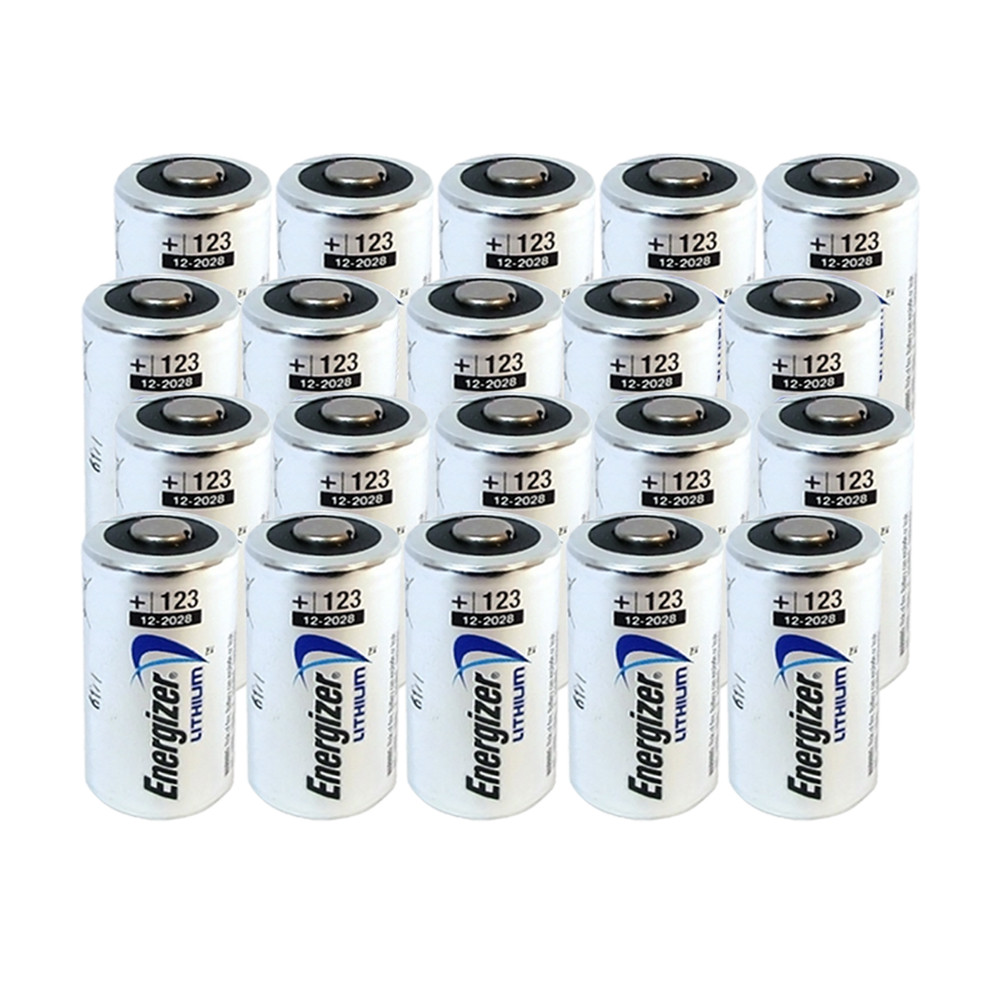

That overcharge/power condition was mentioned in one of Mr Wig's posts I believe concerning freshly charged batteries. Enough that it was somewhat overwhelming.

I've seen a dizzying array of data concerning voltage output of various batteries both rechargeable and single use. Yessir, a lot of that makes perfect sense. I'd rather be able to bolt on a larger fuel tank when wanted easily vs HAVING to carry it around at all times. As to why they don't just include that circuitry in the scope itself and replace that 5 gallon gas tank with a 45 gallon version. The reason the rechargeable pack works is the circuitry that keeps the output voltage much more steady than individual batteries. 3v over the max input voltage and cause the magic smoke to escape. This may cause an overloaded circuit by being.
Best rechargeable cr123 batteries full#
Now if you use rechargeables they may start full at 5.6v and finish empty at 3.0v.

For example, and I'm making numbers up for this example: your thermal scope has a voltage input range of 5.3v to 3.2v and 2 standard non rechargable cr123's provide a voltage range of full at 5.2v and empty at 3.4v. Lots of electronics are pretty sensitive even to small voltage changes outside of what they're designed for. Rechargeable batteries typically have a higher voltage when fully charged than a non rechargeable version and when empty have a lower voltage than a non rechargeable. So until a SME or Battery Engineer can come in an shed more technical reasons why one is better than the other, There is no practical difference.Click to expand.The problem as I understand it is voltage fluctuations between a fully charged battery and an empty one. In our labs and testing equipment we have run everything from the SF/Pan, Stream, Dura, Eng, Sony, and a bunch of cheaper offshore variants, there is little to no difference in quality. There may be slight differences but will be insignificant. They will have the same or similar chemical makeup, they will have robust containers, they should not leak and the same voltage. Means just about all CR123 batteries will perform the same. Lithium Batteries due to their nasty ass chemical makeup, ALL have much more robust construction making battery leakage and therefore electronic destruction very very unlikely. Since almost all CR123 are Lithium, and the number #1 battery failure by FAR is leakage/corrosion/explosions. We are talking about CR123, not AA or AAA.Ĭomparing AA or AAA Lithium to cheap NICAD or Alkaline is not the argument. I like a thread with an abundance of anecdotes it ain't data, but it is useful nonetheless - assuming a certain level of intelligence and integrity.Ĭlick to expand.Here is where you fail: People often consult price when buying wine, and it doesn't always work well the same is true of batteries. I put everything on a tester before it goes in a device.įor those that recall the Kestrel issue many years ago with Duracell batteries, we tend to lean sorta "battery-snob"-ish, I guess you could say. I've had a few energizers (on the higher end of the $ scale) be off right out of the packaging. I am not trying to start a shitstorm, quite the contrary Surefires have been great for me and they tend to be on the lower end of the bulk $ scale. This applies to rechargeable too - maybe more so. If it is a $20 flashlight you got on Amazon, rock on if it is a $10,000 thermal, no chance in hell I am putting a no-name battery in mine. No advanced knowledge of battery design or materials, just a general experiential knowledge that all batteries in general - and CR123s in particular - have not functioned equally for me.


 0 kommentar(er)
0 kommentar(er)
